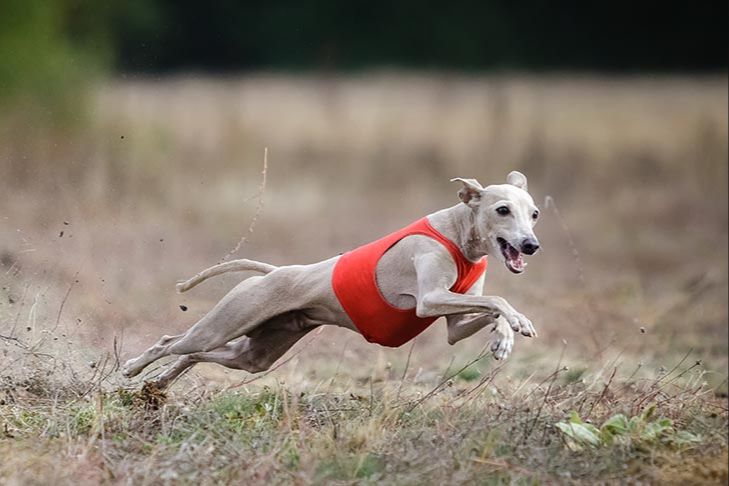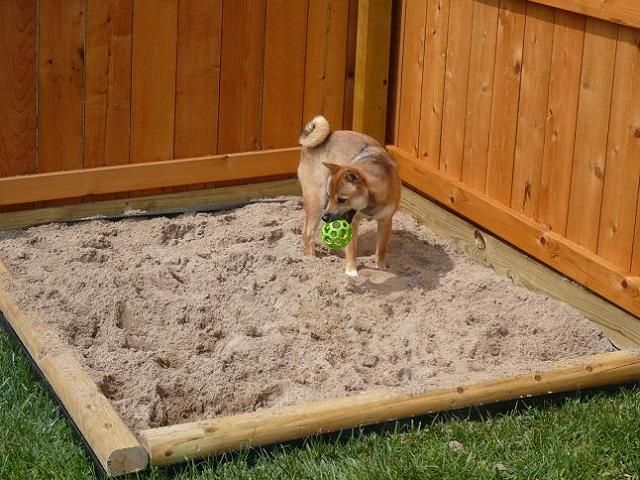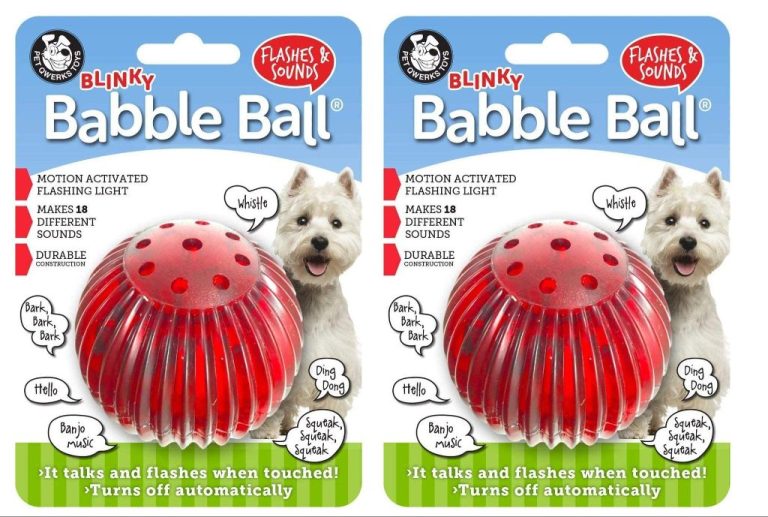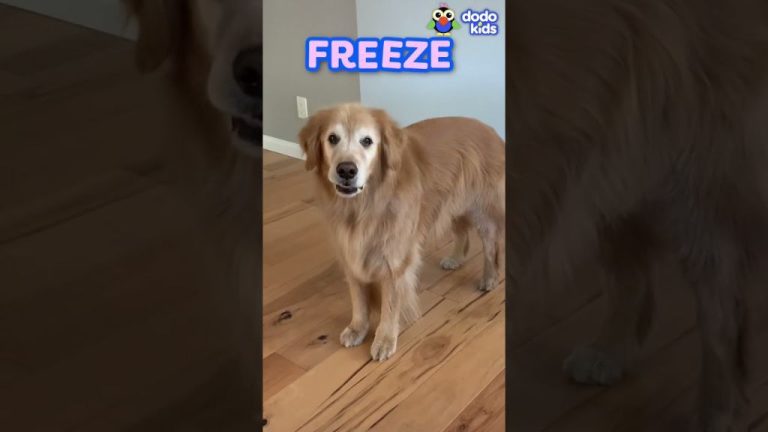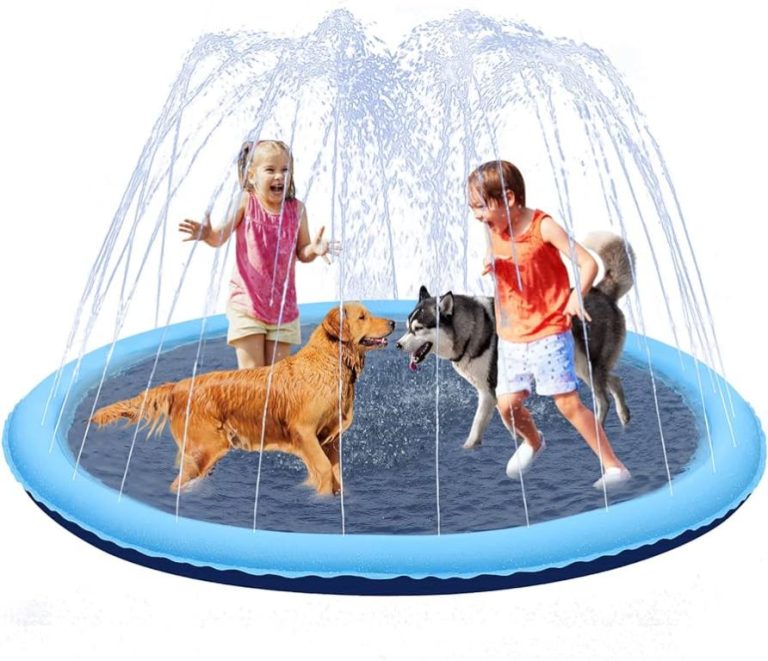Disc Dog Training: Mastering The Flying Disc
Disc dog sports have a rich history, going back to the early 1970’s when humans started training their dogs to catch flying discs. The original event was called Frisbee Disc and started gaining popularity at country fairs and halftime shows across the United States. Some of the most well-known events today include Freestyle and Distance/Accuracy competitions, which test the bond between handler and dog (Disc Dog Sports – Endless Pawsabilities, LLC).
The benefits of disc dog training are numerous. Not only does it provide great exercise for both dog and handler, but it also strengthens their relationship through positive reinforcement training. Disc dog sports are a great way to burn pent up energy in high energy dogs while developing trust and improving communication. Many handlers find that disc dog training improves their dog’s focus and impulse control.
Choosing a Disc
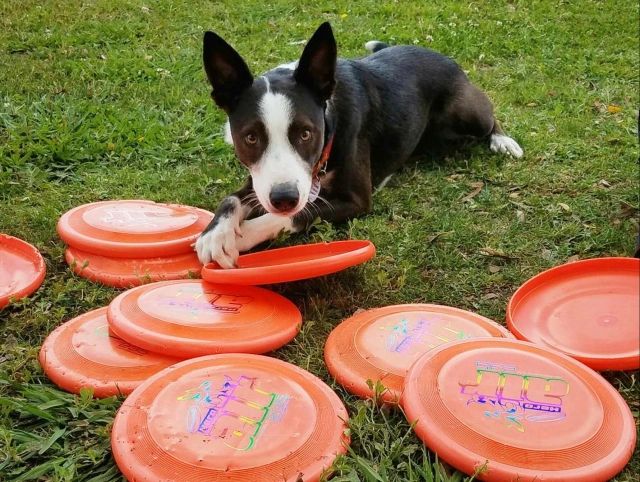
When it comes to choosing a disc for disc dog training and competition, there are a few key factors to consider:
Disc types: The main types of discs used in disc dog events include the classic frisbee design, soft discs, and lighted discs. Classic frisbees like the Hero 215 Pro Championship dog disc provide good grip and flight, while softer discs like the Hyperflite Jawz disc can be easier on a dog’s mouth. Lighted discs add visibility for nighttime play.
Disc features: Important features are the disc’s weight, diameter, and plastic type. Lighter discs around 125g are good for novice dogs or throwing long distances. Heavier competition discs over 165g provide more stability. Diameters between 8-10 inches work well. Softer, flexible plastic is gentler on mouths while premium plastics like Hero’s Competition Plastic offer durability.
Choosing a Dog
When selecting a dog for disc dog sports, certain breeds tend to excel due to their intelligence, athleticism, and eagerness to please. According to thebeacondog.com, some of the top recommended breeds are border collies, Australian shepherds, and Jack Russell terriers.
Look for a puppy that is energetic, focused, and displays a strong desire to chase and retrieve. Puppies that naturally lock onto flying objects and run after them show good potential. However, be cautious of hyperactive puppies that lack focus or self-control, as those traits can become problematic.
Adult dogs adopted from rescues or shelters can also make excellent disc dog partners. Choose an adult with a friendly, people-oriented personality. Prioritize dogs that already display toy drive and interest in fetching games. With training and practice, they can successfully transition into disc sports later in life.
Getting Started
When getting started with a young puppy, it’s important to keep training fun and positive. Introduce the disc gradually, using it as a reward during playtime or training sessions. Start by rolling the disc on the ground for your puppy to chase, then try some short tosses once they understand bringing it back. Keep sessions very short, just a few minutes at first. If your pup gets bored or frustrated, switch to a different activity. The key is avoiding any negative experiences while building drive for the disc. Make them want it by getting excited, running with them, and praising them highly when they bring it back. As skills progress, you can increase distance and challenge, but always end on a positive note during these early sessions. With persistence and positivity, you’ll have your puppy hooked on disc in no time. Just remember that forcing too much too soon can ruin their confidence and enjoyment. Make every interaction fun, and you’ll be setting the stage for an enthusiastic disc dog partner.
Teaching the Basic Cues
Teaching your disc dog the fundamental cues is essential for developing their skills. Three of the most important basic cues to master are “Go get it!” for chasing and fetching the disc, “Drop it” for releasing the disc, and using hand signals to guide your dog.
Start teaching “Go get it!” by holding your disc dog’s attention, then throwing the disc a short distance while excitedly giving the command. Always reward with praise and treats when they chase and fetch the disc back. Increase distance slowly as they build confidence. Use an upbeat, encouraging tone so they associate this cue with fun!
For “Drop it,” offer a treat right as you take hold of the disc in their mouth while commanding “Drop it.” Reward every time they release the disc to your hand. Eventually phase out the treat reward. Always positively reinforce when they follow this cue.
Incorporate hand signals by pointing the direction you want your disc dog to run. Reward them for following your hand signal towards the disc. Add a verbal “Go get it!” once they understand the visual cue. Clear hand signals will help guide your disc dog during play.
Be patient and keep training sessions short and fun during this foundation building process. Mastering these basic cues through positive reinforcement creates an attentive disc dog ready for more advanced skills.
Building Skills
Once your dog has mastered the basic cues, it’s time to start building on those skills to develop more advanced disc dog techniques. Two key areas to focus on are improving your dog’s grip and carry as well as their ability to accurately catch longer throws.
For grip and carry, work on having your dog hold the disc for longer durations before releasing on command (disc dog university). This teaches them patience and control. You can also practice having them switch the disc between their front and back teeth to develop a full mouth carry. An advanced technique is having them flip the disc while carrying it.
To improve catching ability, gradually increase the distance of your throws. Start close with easy lobs and work up to longer throws that challenge their timing and leaping ability. Use a mixture of throws – flat, sky high, off angles, etc. – to improve their adaptability. Always set them up for success by matching the throw style and distance to their current skill level.
With plenty of encouragement and practice, your dog’s disc skills and confidence will continue to grow. Just be sure to monitor their joints and activity levels as increased throwing distances can stress their body (purina). Building skills takes time and patience, but the payoff of seeing your dog make an epic flying catch is well worth it!
Teaching Tricks
Teaching your disc dog fun tricks is a great way to strengthen your bond and keep their skills sharp between competitions. Some classic tricks to try are jump catches, rolling over, and dancing. According to professional disc dog trainer Pamela Dennison, “Trick training teaches your dog body awareness and how to follow cues precisely.”
To teach a jump catch, hold the disc just above your dog’s head and give the cue to “jump up.” As they jump, release the disc so they can catch it in the air. Start low and gradually increase the height. Always praise and reward with treats when they successfully catch the disc. As they improve, add the verbal cue “catch!” right before releasing the disc (Dennison).
Rolling over can be taught using luring techniques. Hold a treat by their nose and slowly move it over their head toward their back while giving the “roll over” cue. Click and reward when they complete the roll. Eventually phase out the lure and just use the hand signal and verbal cue. Always reward with an enthusiastic “good roll over!” (Game of Throws Blog).
For dancing, start by capturing the behavior – click and reward when your dog happens to lift their paws. Add the cue “dance!” before clicking. Shape the behavior by only rewarding when they lift both front paws. Increase duration by rewarding longer dances. Use an upbeat, energetic tone of voice when cueing to encourage enthusiasm. Some dogs love dancing to music! (SilkyDog).
Preparing for Competition
Once your disc dog has mastered all the basic behaviors and skills, you can start preparing them for competition if you choose to compete. Competing requires proofing your dog’s behaviors in distracting environments, building their stamina, and handling any nerves they may have.
Proofing means ensuring your dog will perform the behaviors reliably even with distractions present. Start by practicing in different locations – move training from your backyard to a park or field. Gradually increase distractions like adding more people, dogs, toys, and noise around your training sessions. Work up to environments that mimic competition settings. If your dog struggles with distractions, go back to an easier environment and work on focus.
Endurance is also important for competition. Flying disc routines require several minutes of continuous running, jumping, and catching. Slowly build your dog’s stamina through longer training sessions and fitness exercises like swimming. Monitor them closely for signs of fatigue.
Some dogs may get stressed or overly excited at competitions. Help your dog handle these nerves by simulating tournament environments during training. For example, have friends watch and applaud, use unusual discs, or train in new places. Getting your dog comfortable with travel can also help manage competition nerves. Stay calm and patient yourself, and keep training positive.
Popular Disc Dog Events
Disc dog competitions have grown rapidly in popularity, with events held across the country and even internationally. Some of the most common competition formats include:
Freestyle: This event focuses on choreographed routines set to music, evaluating the dog and handler’s synchronicity, creativity, and flow. Judges look for things like difficult maneuvers, consistent catches, and energetic performances (https://skyhoundz.com/).
Distance/Accuracy: Dogs compete to catch discs thrown as far as possible, with extra points awarded for accuracy. This tests dogs’ stamina, speed, and ability to track flying discs over long distances. The world record for disc dog distance is over 800 feet (https://hyperflite.com/disc-dog-competitions/).
Discathon: Endurance is tested as teams compete to complete as many throws and catches as possible within a time limit, usually either 2 or 4 hours. Strategies for maximizing number of catches are important here (https://skyhoundz.com/disc-dog-clubs/).
Major national competitions include the Ashley Whippet Invitational, the UFO World Finals, the Skyhoundz Classic, and the Up Dog Challenge. Winning these elite events requires intensive training, athleticism, focus, and bonding between dog and handler.
Keeping Your Dog Healthy
Disc dog competition requires speed, agility, and frequent jumping that can take a toll on a dog’s body. It’s important to condition your dog properly and take steps to prevent injury. The American Kennel Club recommends starting slowly with short, low impact exercise sessions for young dogs and gradually building up distance, speed, and height as conditioning improves (https://www.akc.org/sports/title-recognition-program/disc-dog/).
A proper warm-up and cool down routine before and after intense exercise is essential. Massage, stretching, and joint supplements can help keep muscles and joints healthy. Providing a soft landing surface, avoiding excessive repetition of strenuous moves, and carefully monitoring for signs of lameness or pain are all important to prevent overuse injuries. Rest days are also key to recovery. Plan easy exercise or complete rest days after high intensity sessions.
Watch for signs of overtraining like lack of energy, loss of enthusiasm, changes in behavior, or a drop in performance. If detected, reduce training frequency and intensity. It’s better to undertrain than risk physical or mental burnout. Rotate a variety of training activities to prevent boredom. Most importantly, keep sessions fun! A happy, healthy dog will perform their best.

